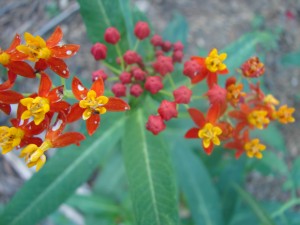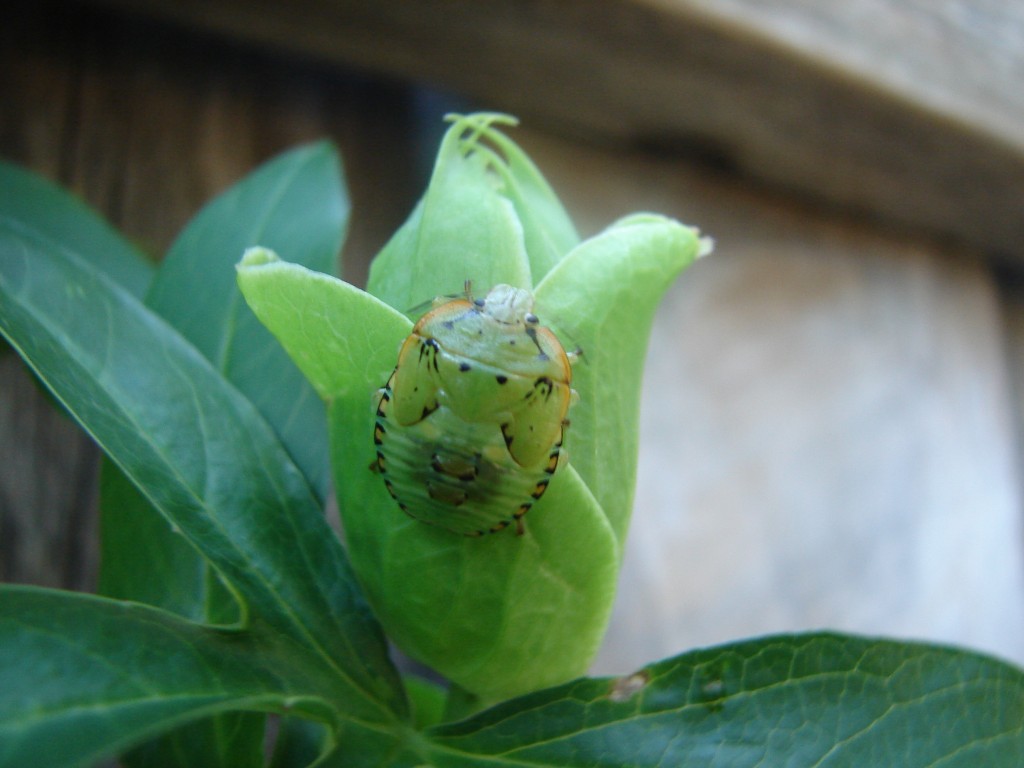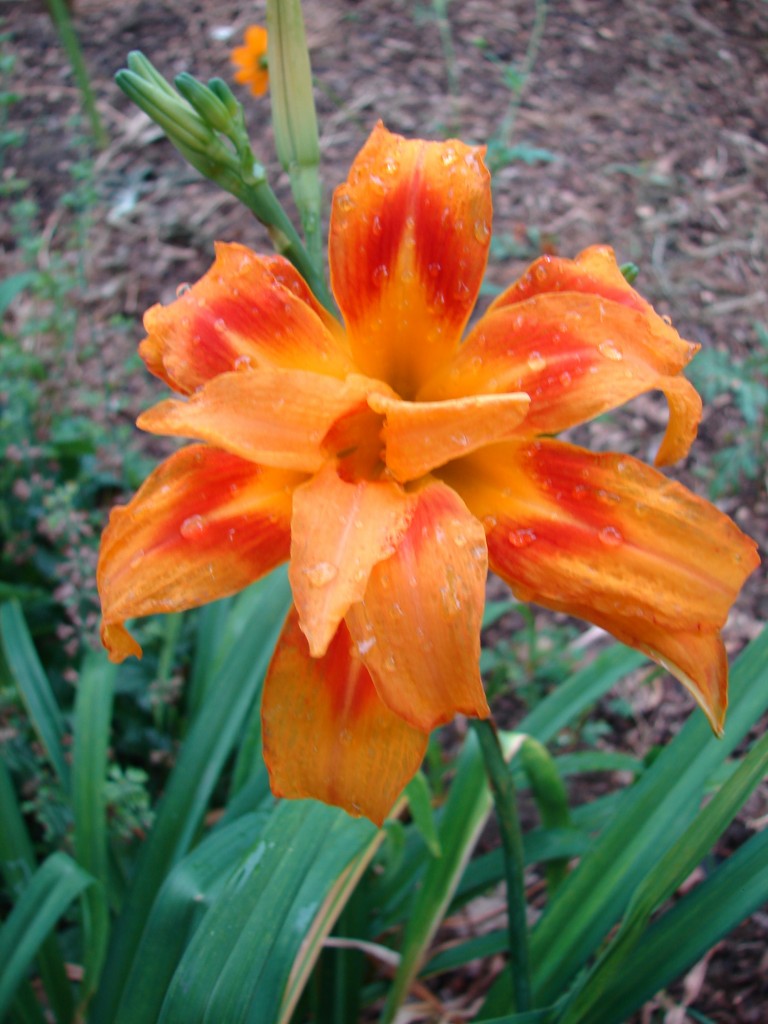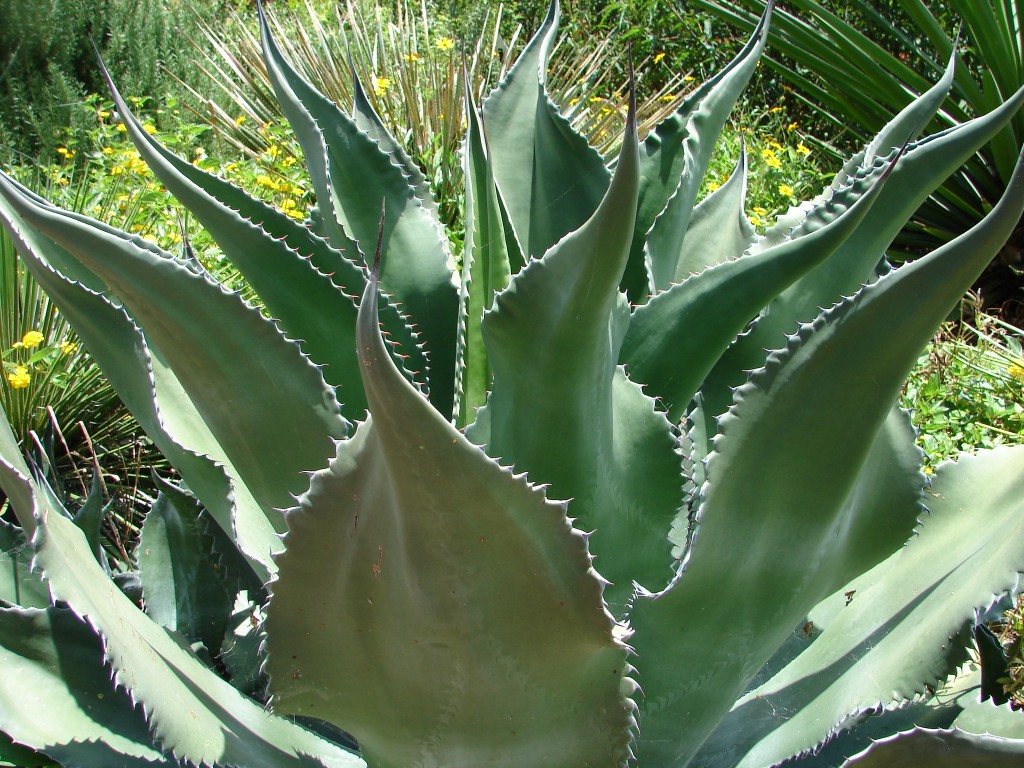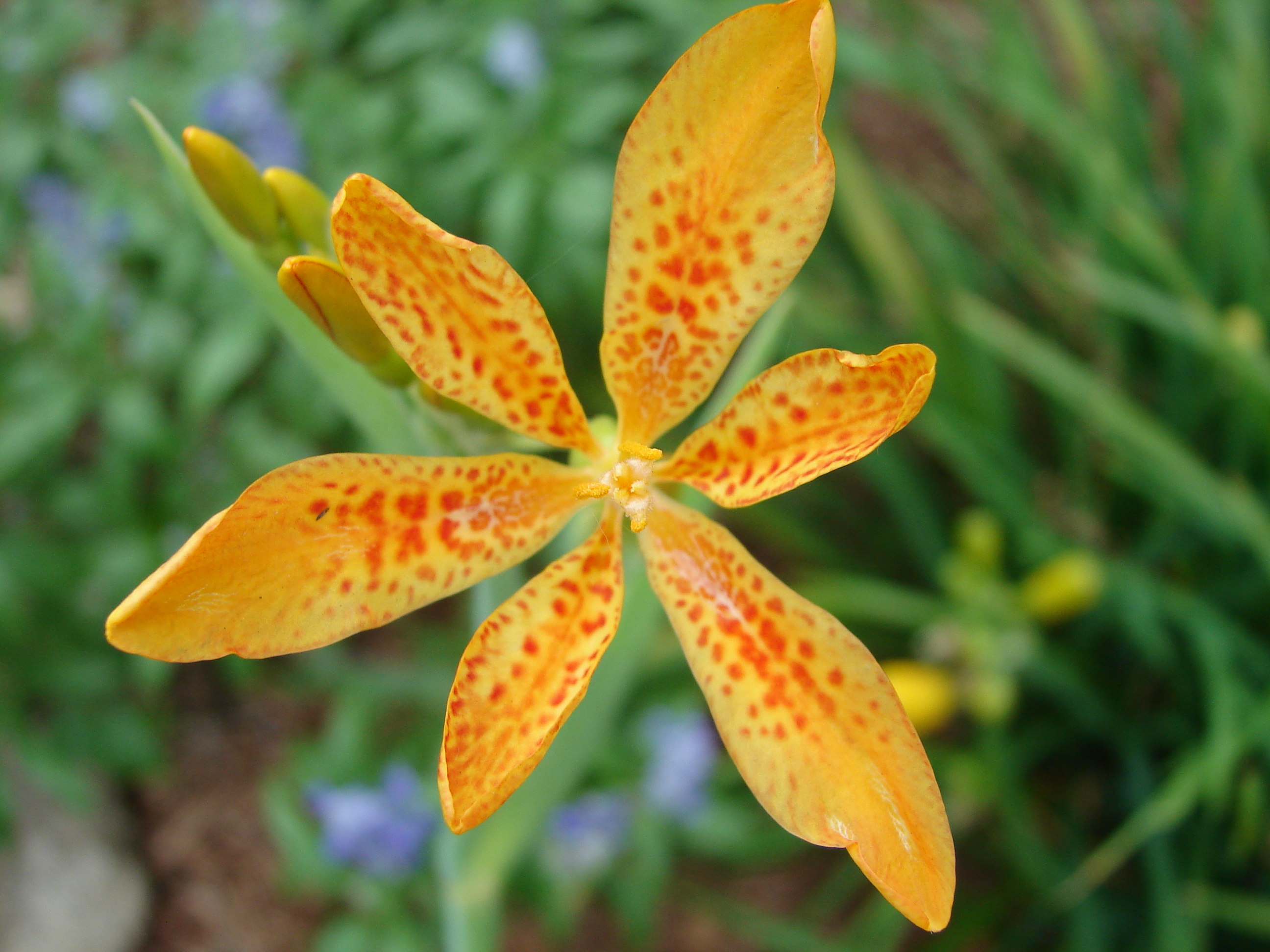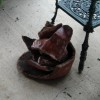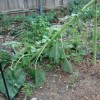1.daylilies only come in yellow, orange and (muddy) red
= FICTION !
FACT = there are now daylilies in (true) red, magenta, pink, rose, orange, brown, yellow, peach, mauve, purple, melon, copper, apricot, lavender, violet, near white and near black. Only true black, true lily white and blue are missing in the colour palette.
2.daylilies are all unicoloured
= FICTION !
FACT = there are now daylilies
– with a mixture of 2 or more colours = blends and polychromes
where the petals (= the foremost flower segments) have a completely different colour from the sepals (= the hindmost flower segments) = bicolours.
where the hue of the petals ( e.g. dark rose) is different from that of the sepals (e.g. light pink) = bitones
– with differently coloured eyes = eyed or banded
– with differently coloured watermarks = watermarks or halos
– with differently coloured segment tips = tipped
– with differently coloured edges – when edges are narrow = edged – when they are wide = bordered
with clearly = dotted or less outspoken = dusted differently coloured freckles
– with a differently coloured mid rib = midrib or with glitters = diamond dusted
3.daylilies all have the same lily like form
= FICTION !
FACT = the flower form is either
– round & full = circular (as with an amaryllis)
– triangular = triangular
– star shaped = star – segments are long and pointy
informal – the flower form changes from day to day
flat = flat – flowers open all the way and lie flat open
– recurved = recurved – all segments are reflexed
– trumpet formed= trumpet – this is the old, half opened form that reminds of the true lily form
– spider like = spider – here sements are disproportionally much longer than wide
filled = double – there are many variants here – the most important form being the peony types = very densely filled and the hose-in-hose forms
Moreover the flower edges may be
– plain
– ruffled
– wavy
– crimped
– knobby
or
– saw-toothed
4.daylilies all have the same, flat flower texture
= FICTION !
FACT = the flower texture can be
– smooth
– creped
– ribbed
– embossed
or
– seersuckered
5.daylilies all have the same flower size
= FICTION !
FACT = there are
– miniature flowers = with a diameter of max 7 cm
– small flowers = with a diameter over 7 but under 11 cm
– large flowers = with a diameter of 11 cm or more
6.daylilies have a very thin flower substance
= FICTION !
FACT = most NEW varieties have a thick – almost leathery – substance which perfectly withstands rain and sunshine
7.daylilies do not vary much in height
= FICTION !
FACT = there are
– low varieties = between 15 (the so called ankle biters) and 60 cm when in flower
– medium height varieties = over 60 cm but lower than 91 cm
– tall varieties = 91 cm or taller
8.daylilies have no branching – all flower buds are at the top of the stems
= FICTION !
FACT = apart from the poorly branched = top branched (predominantly older varieties) there are now
– well branched varieties which branch just above the foliage
&
– low branched varieties where branching already starts in the foliage
9.daylilies only flower in July
= FICTION !
FACT = there are
– extra early varieties – April/May
– early varieties = June
– mid season varieties = July
– late varieties = August
– extra late varieties = September (NOT very recommendable for Europe as flowers do not open well)
Apart from their regular flowering season there are varieties that rebloom = rebloomers or bloom continuously = continuous bloomers (e.g. Stella de Oro but this variety needs dividing & replanting every 2 years or so to flower continuously)
Some varieties definitely flower longer than the average 5 weeks. Beauty to Behold e.g. manages to keep going for at least 2 months IF it is fed and watered well.
10.daylilies only flower 1 day
= FICTION !
FACT = every flower regretfully only lasts one day uurt BUT adult plants (after 4-5 years) carry between 10 & 40 stems witch 10 to 80 buds per stem, more than enough to enjoy it for one month.
Strangely enough the fact that every flower only lasts one day is also an advantage. Every gardener has lived the catastrophy of a thunderstorm turning a garden in full flower into a desolate bunch of plants beated down to the ground with flowers lost for the rest of the season.
Daylily foliage withstands the heaviest downpours and continues to stand right up. Flowers are lost for THE DAY but the next day there are already BRAND NEW ones and so a daylily clump will never show whatever disaster came over your garden the day before.
11.daylilies only grow on good soils with lots of fertilizer, water and light
= FICTION !
FACT = daylilies are plants that give you no worries. They thrive on all kinds of soils WITHOUT fertilizer, water and much light. Apart from the drought they also withstand wet, cold and heat.
The IDEAL spot for a daylily is wet, heavy soil. Enough light, much water and a little fertilizer result in even more beautiful flowers.
Daylilies ADORE ponds and just love to be planted right by the edges of the pond with their feet close but NOT IN the water.
They also perform beautifully in containers and flower boxes.
12.you can only plant daylilies in autumn and spring
= FICTION !
FACT = except when it freezes you may safely transplant daylilies all year round. That also means DURING THE HOTTEST SUMMER MONTHS while they are flowering. No doubt this hurts the flowers but the plant itself does not mind.
13.daylilies are no cut flowers
= FACT, but
you can create beautiful table arrangements with the so called extended bloomers. They last until 3-4 a.m. the next day and can then be disposed of without feeling guilty.
14.daylilies only provide you with beautiful flowers
= FICTION !
FACT = you can use all parts of the daylily in a whole range of recipes. Young flower buds are reputed to taste well when fried or in soups. The roots have a delicate, asparagus like taste and can be eaten as a vegetable. The flower segments are bitter sweet (take light coloured segments) and give salads a nice and original touch.
